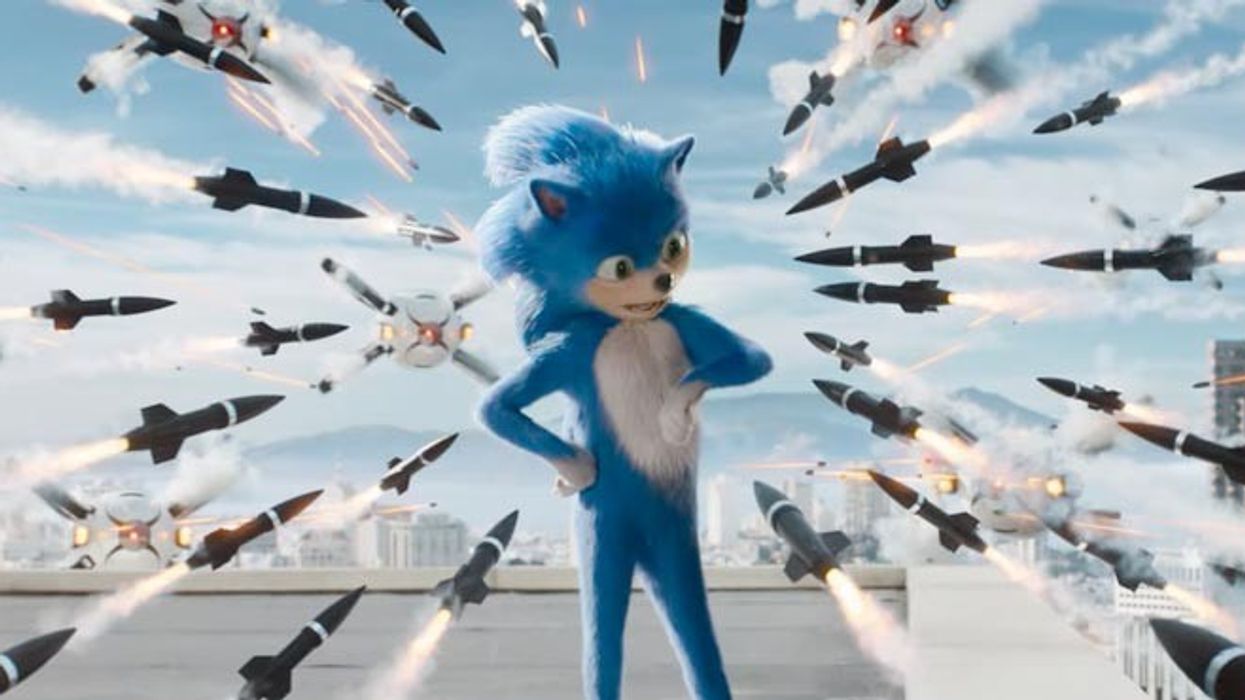Find out Which Movies and TV VFX Artists Love (and Hate)
Visual effects: when they're good, they're invisible. When they're bad, they're all you can see. But what do the pro's think about some of today's VFX-laden film and television?

I love big-budget shows and movies because they transport me into worlds I never thought possible. But when the VFX budgets on these shows hurt or are lacking, you can see the pain on the screen and it takes you out of the experience.
And moviegoers aren't very forgiving of bad VFX. The director of Sonic announced this week that he would go back into the movie and reformat the character's look based on Internet comments and trolls.
But how can you tell good VFX from bad? And would it be easy to fix for any pro?
Enter the Corridor Crew, a team of VFX pros that take a look at some examples of amazing visual effects from Game of Thrones, Sonic, and other new releases. Check it out.
First up, I loved the BTS of Game of Thrones inside the video. It gives me a whole new appreciation for the work done within each of the episodes this and last season. The really cool thing is looking at how machines and green screen build layers, and how some actors and effects I thought were practical are all now just composites they use over and over again.
Also, you can't talk Game of Thrones without mentioning the dragons. Sorry to say, but Dragons aren't real. Still, it was cool seeing these guys nerd out on how the use of shadows and light actually makes the creatures feel alive on the TV show.
When it comes to Sonic, I kind of feel bad.
For me, VFX needs to sell tone. The tone of Sonic seems to be more of a cute kid's movie. So I never had a problem with the look and feel of the trailer, although the music cues were a bit confusing. Still, knowing the amount of work that goes into creating Sonic makes it daunting and expensive to think about what needs to happen for someone to re-open those raw files and make changes itself.
Lastly, it was epic to see them talk about de-aging Samuel L. Jackson. Considering none of them knew totally how to do it, it truly means we're living in an incredible era for filmmaking and filmmakers. As this tech gets better and better wan can make media that defies age and generations. And that feels exciting and unique to me. Now we just have to watch out for the uncanny valley.
What's next? Learn the history of CGI?
CGI got its start in the 1950s, in Hitchcock's Vertigo, but since then each year has marked an incredible leap forward in the technology. This video essay comprises CGI's history and its mark on cinema. While doing a deep dive for an article, I found this amazing and comprehensive website that lists over 250 examples of the first instances of every CGI method ever. The website chronicles all of them and even provides video examples.
So click the link and learn more!
Source: Corridor Crew











